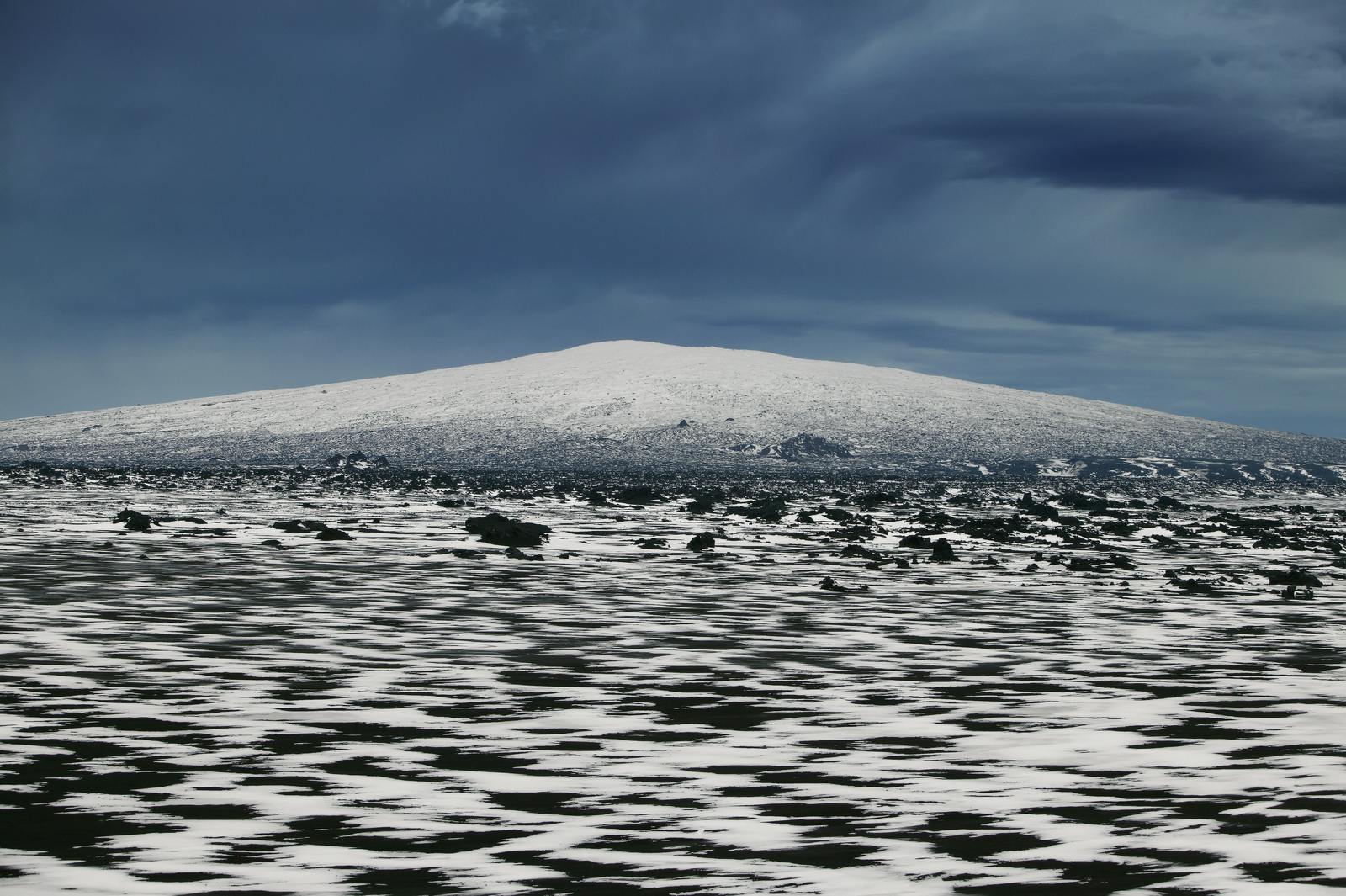
What is a Shield Volcano?
A shield volcano is characterised by its broad, gently sloping profile that resembles a flattened dome. These volcanoes are built by the flow of low-viscosity basaltic lava, which travels long distances from a central vent or a series of vents. Shield volcanoes are typically associated with non-explosive, effusive eruptions.
What are the Key Characteristics of Shield Volcanoes?
The flow of low-viscosity basalt lava dominates the eruptions of shield volcanoes. This type of lava allows for forming long, gentle slopes; the shield shape results from lava stretching in thin layers over a wide area, creating a broad, shield-like profile. The slopes are usually much gentler compared to the steeper sides of stratovolcanoes. Shield volcanoes can be among the largest on Earth in terms of volume, though their eruptions are generally not as explosive as those of stratovolcanoes.
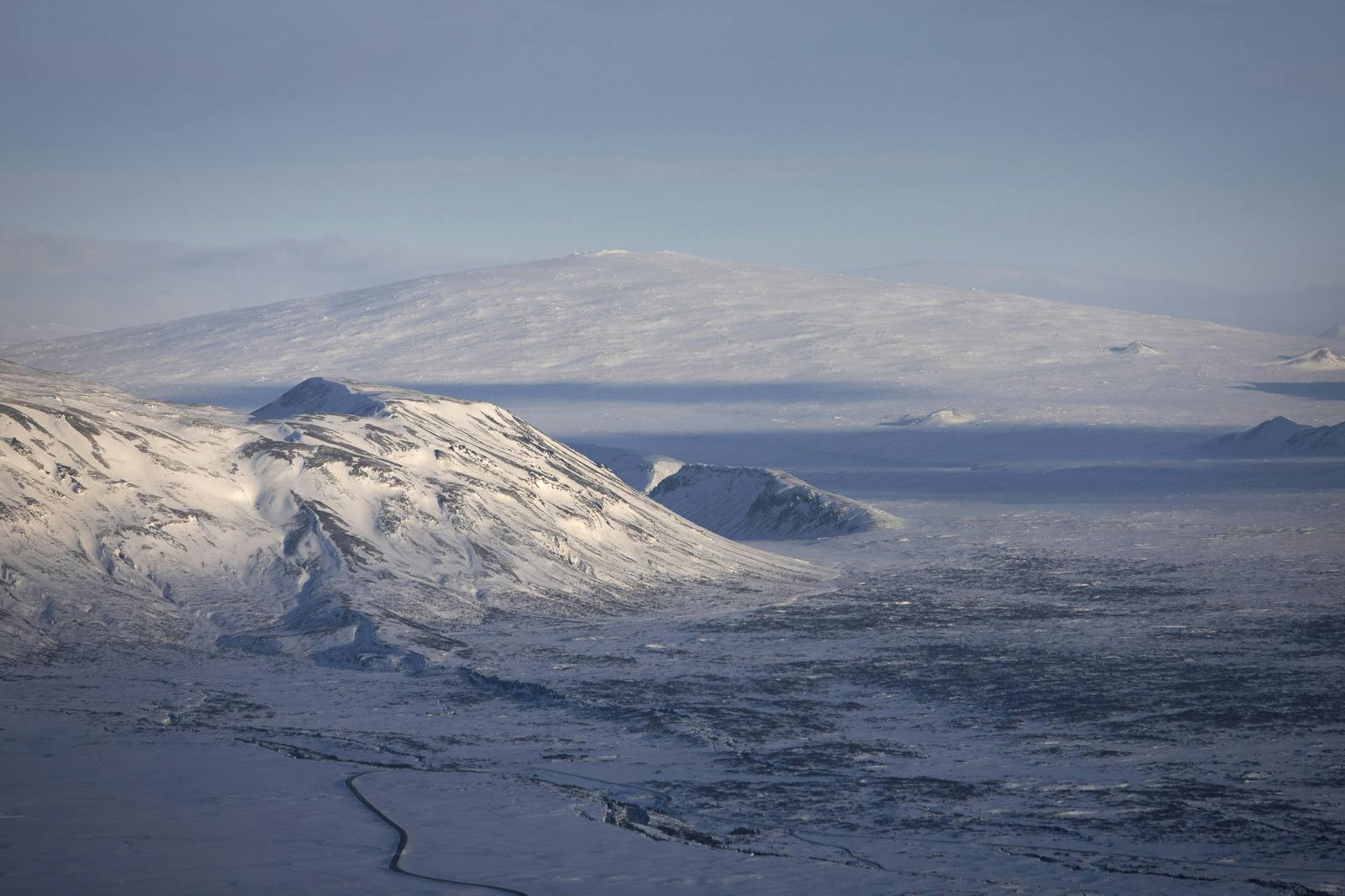
What is an Example of a Shield Volcano?
Hawaii’s Mauna Loa and Mauna Kea are classic examples of shield volcanoes. Mauna Loa is one of Earth’s largest shield volcanoes, rising from the ocean floor to over 4,145 metres above sea level.
How are Shield Volcanoes Formed?
Shield volcanoes are formed through the eruption of low-viscosity lava. This type of magma rises from mantle melting, often near hotspots or divergent plate boundaries. Shield volcanoes can form through eruptions from a central vent or a series of vents along a fissure. The lava emerges and flows outward, building up layers upon layers of thin, broad flows. The accumulation of thin, fluid lava flows over time results in the development of broad, gently sloping sides.
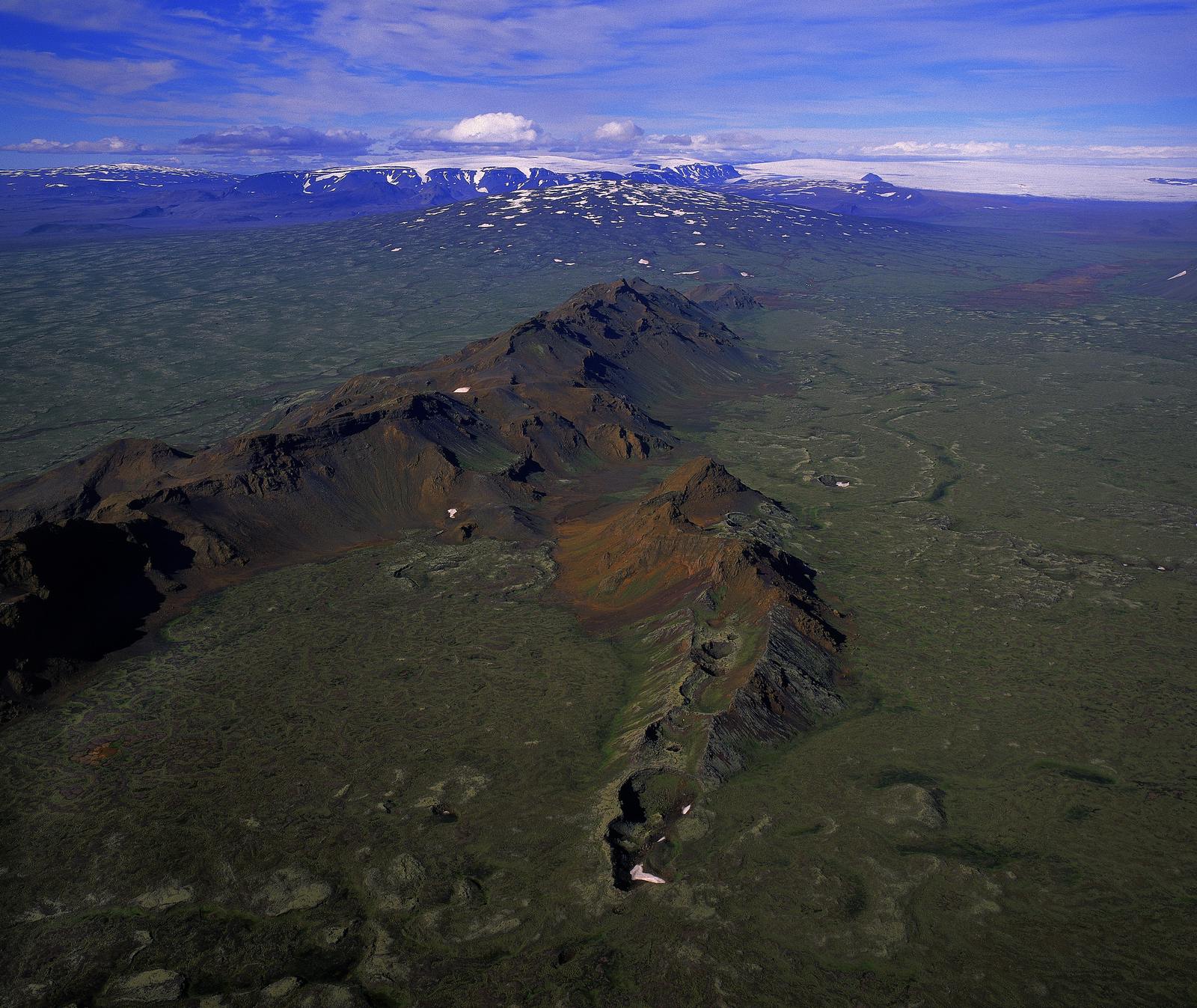
Are Shield Volcanoes Dangerous?
Shield volcanoes are generally considered less dangerous compared to some other types of volcanoes, such as stratovolcanoes, which can exhibit more explosive and hazardous eruptions. However, shield volcanoes are associated with non-explosive, effusive eruptions but can still pose certain risks.
The main hazard associated with shield volcanoes is the potential for lava flows. Although the lava from shield volcanoes tends to be low-viscosity and can flow for long distances, it moves relatively slowly compared to some other types of lava. Additionally, volcanic gases, including sulfur dioxide, can be emitted during shield volcano eruptions.
Are there Shield Volcanoes in Iceland?
Iceland is known for a variety of volcanic structures, including fissure eruptions, stratovolcanoes, subglacial volcanoes and a special type of shield volcanoes called dyngjur (plural: dyngja) in Icelandic.
The most famous Icelandic shield volcano is Skjaldbreiður, located in the southwestern part of Iceland near Þingvellir. Skjaldbreiður, which translates to “broad shield” in Icelandic, is considered a classic shield volcano and has a wide, low-profile shape and was formed by the eruption of basaltic lava flows. While Skjaldbreiður is not as large as some shield volcanoes found in other parts of the world, it represents an example of this volcanic type in Iceland. It was formed in a long-lasting eruption 10,000 years ago.
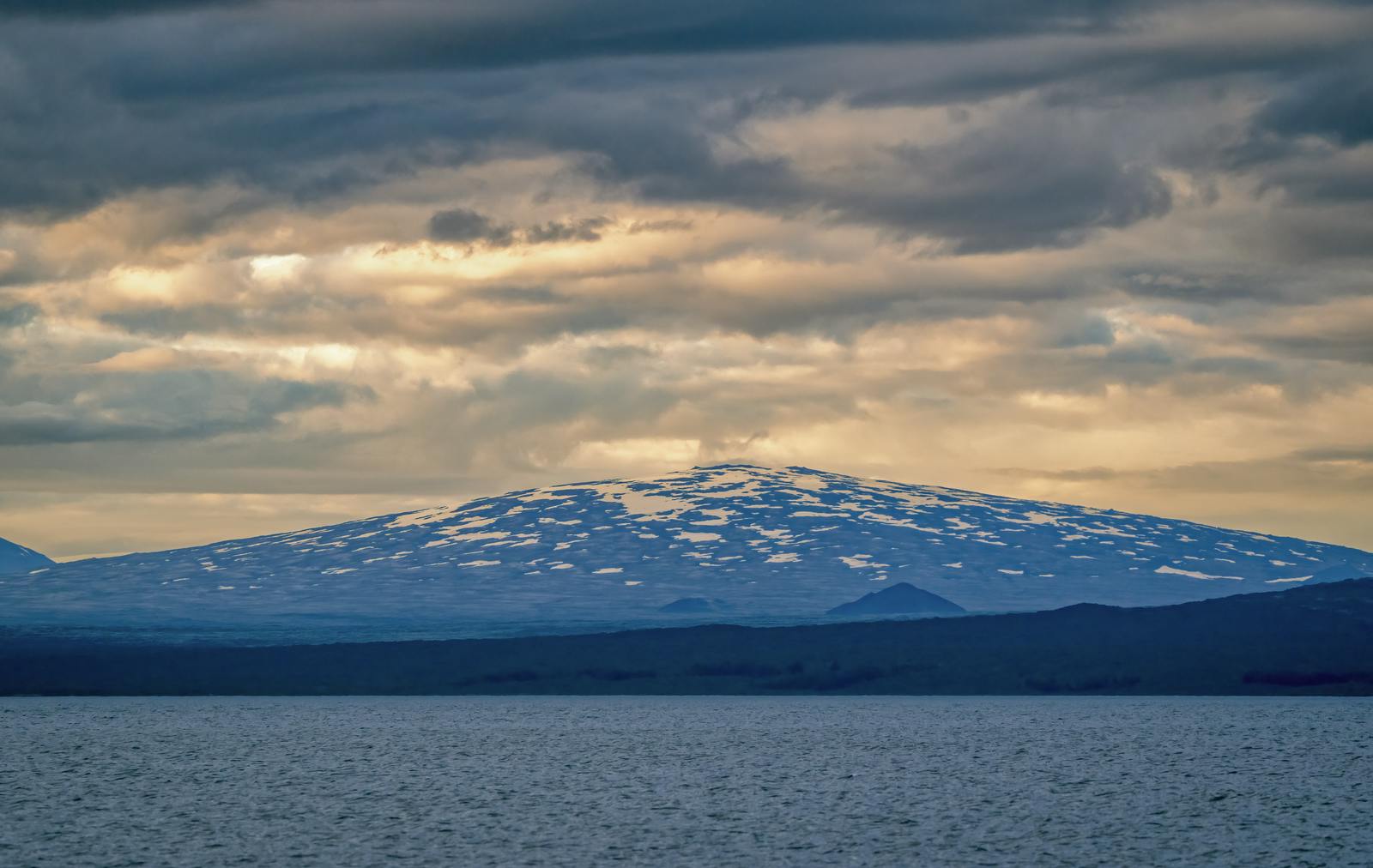
Other examples of shield volcanoes in Iceland are Sandfellshæð in Reykjanes peninsula and Trölladyngja in the central highlands north of Vatnajökull.
In general, the diverse volcanic landscape of Iceland includes various volcanic structures due to its unique geological setting. Most of Iceland’s volcanic activity is related to fissure eruptions and volcanic systems connected to magma chambers in the crust. On the other hand, the eruptions that form shield volcanoes are fed by magma coming from Earth’s mantle at 10-20 km depth through more or less circular conduits or central vents. The eruptions are long-lasting and have a low production rate. The lava is hotter and more fluid than the lava in a fissure eruption. Unlike the Hawaiian shields, Icelandic shield volcanoes are monogenetic and erupt only once.
Learn About Volcanoes at Perlan in Reykjavík
Perlan’s Forces of Nature exhibition allows guests to feel the immense power of volcanoes, earthquakes, and geothermal energy that powers the island. In the heart of Reykjavík, guests can learn about the volcanoes that form when heat and pressure build up beneath the Earth’s surface. The Earth’s weak points tend to be along fault lines where tectonic plates converge or diverge, as in Iceland’s case. The exhibition is a unique, family-friendly museum experience that entertains and informs.
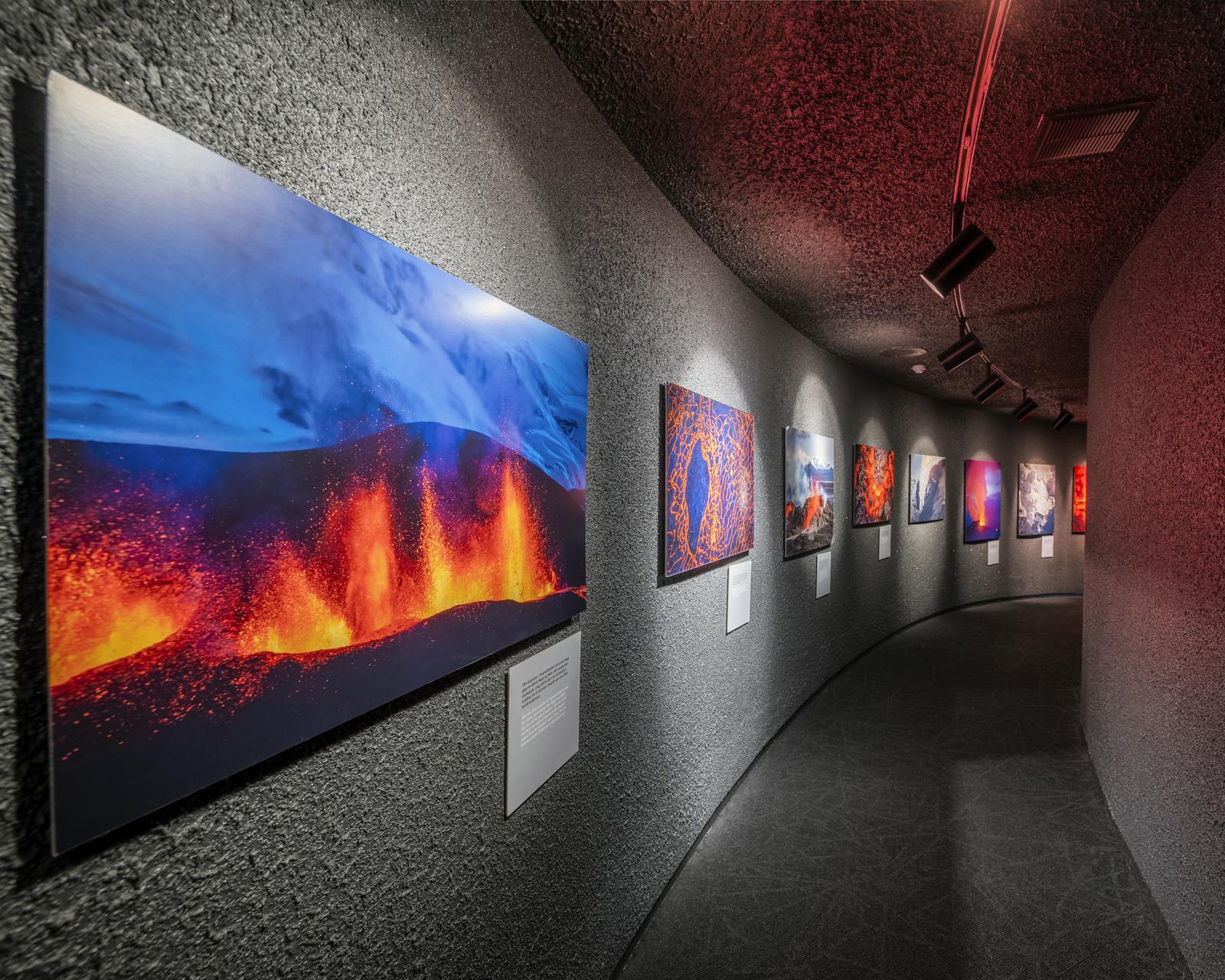
FAQ
How often do shield volcanoes erupt?
The eruption frequency of shield volcanoes can vary widely depending on the specific volcanic system, geographical location, and tectonic setting. Shield volcanoes are often associated with hotspot activity, where a magma plume rises from the mantle to the Earth’s surface. In these cases, the eruption frequency can be relatively steady over long periods of time. Icelandic shield volcanoes usually erupt only once.
Why are shield volcanoes wider than composite volcanoes?
Shield volcanoes are wider than composite volcanoes because they are built from highly fluid lava flows that spread out over large areas.
How are shield volcanoes formed?
Shield volcanoes are formed by the eruption of low-viscosity lava that flows easily, allowing the lava to spread out and form broad, gentle slopes.
Are shield volcanoes mafic or feisc?
Shield volcanoes are mafic, meaning their lava is rich in magnesium and iron and has low viscosity.
Popular articles
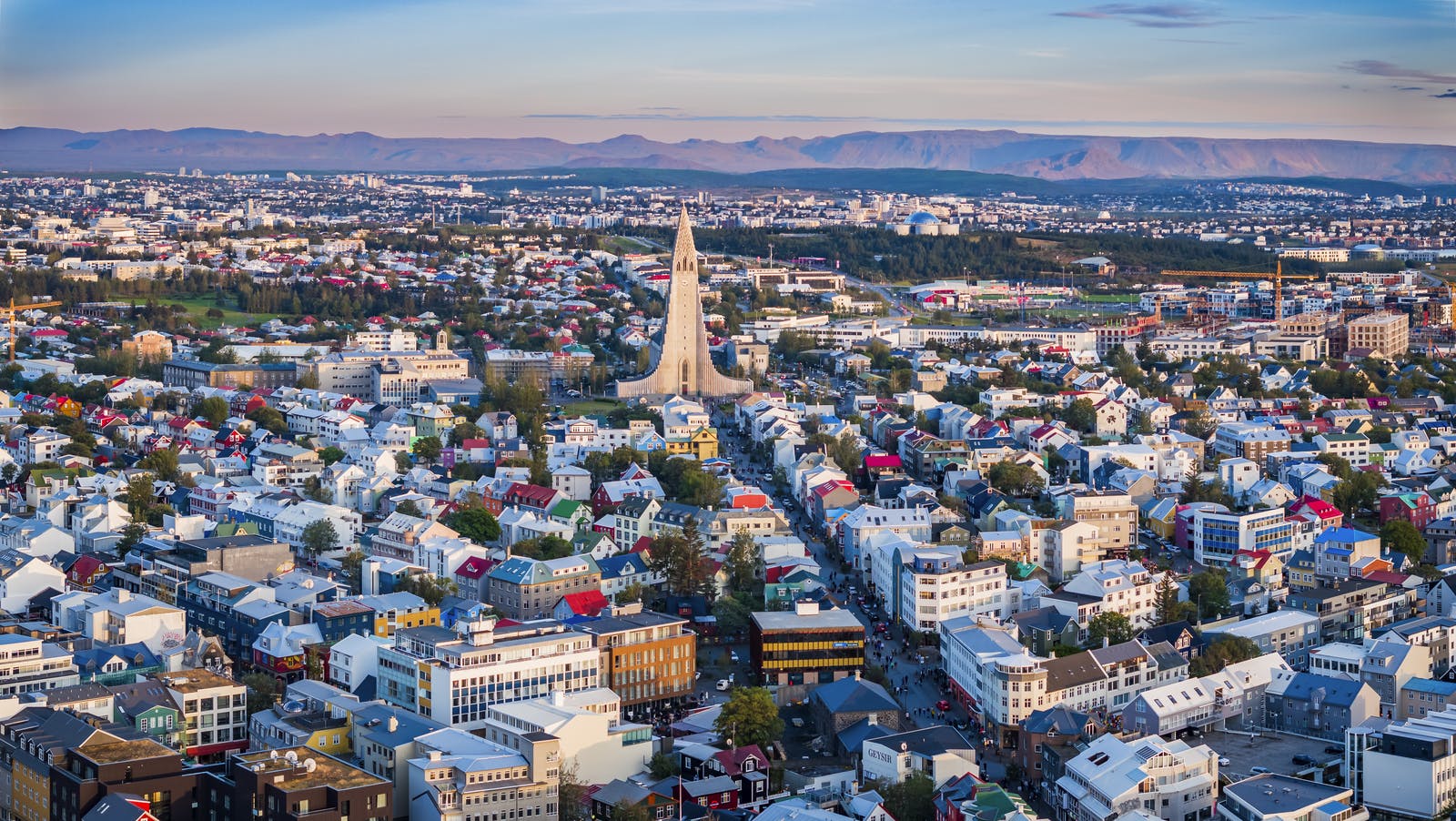
Things To Do In Reykjavík In June
Discover the best of Reykjavík in June: midnight sun adventures, vibrant festivals, and unique cultural experiences. Make your trip unforgettable!

The New Eruption May 29th 2024 near Reykjanes!
From rising magma at Svartsengi to an eruption on May 29th, 2024! See all updates of the volcanic activity on Iceland's Reykjanes Peninsula Sundhnúkur Crater Row.

Sundhnúkagígar Crater Row Volcanic Eruptions
The anticipated volcano has erupted in the Reykjanes Peninsula, the site is being called Sundhnúkagígar Crater Row. See the historic insights on the seismic activity and volcanic eruptions.

Earthquakes in Iceland
Earthquakes in Iceland are a fact of life. Each year, hundreds of small tremors shake the earth, a reminder of the country’s position on a tectonic plate boundary.

Volcano Museums and Exhibitions in Iceland
If you don't manage to visit an actively erupting volcano in Iceland - Experience its force at one of these excellent volcano museums and exhibitions in Iceland.

Top 10 Places To See the Northern Lights in Iceland
You can see the northern lights across the country, but some spots are more suitable than others. Find the best place to see the northern lights in Iceland.

Ice Caves From Reykjavik
Travel beyond the capital for a closer look at an ice cave under one of Iceland’s glaciers. If you can’t spare the time, experience Perlan’s ice cave in Reykjavik.